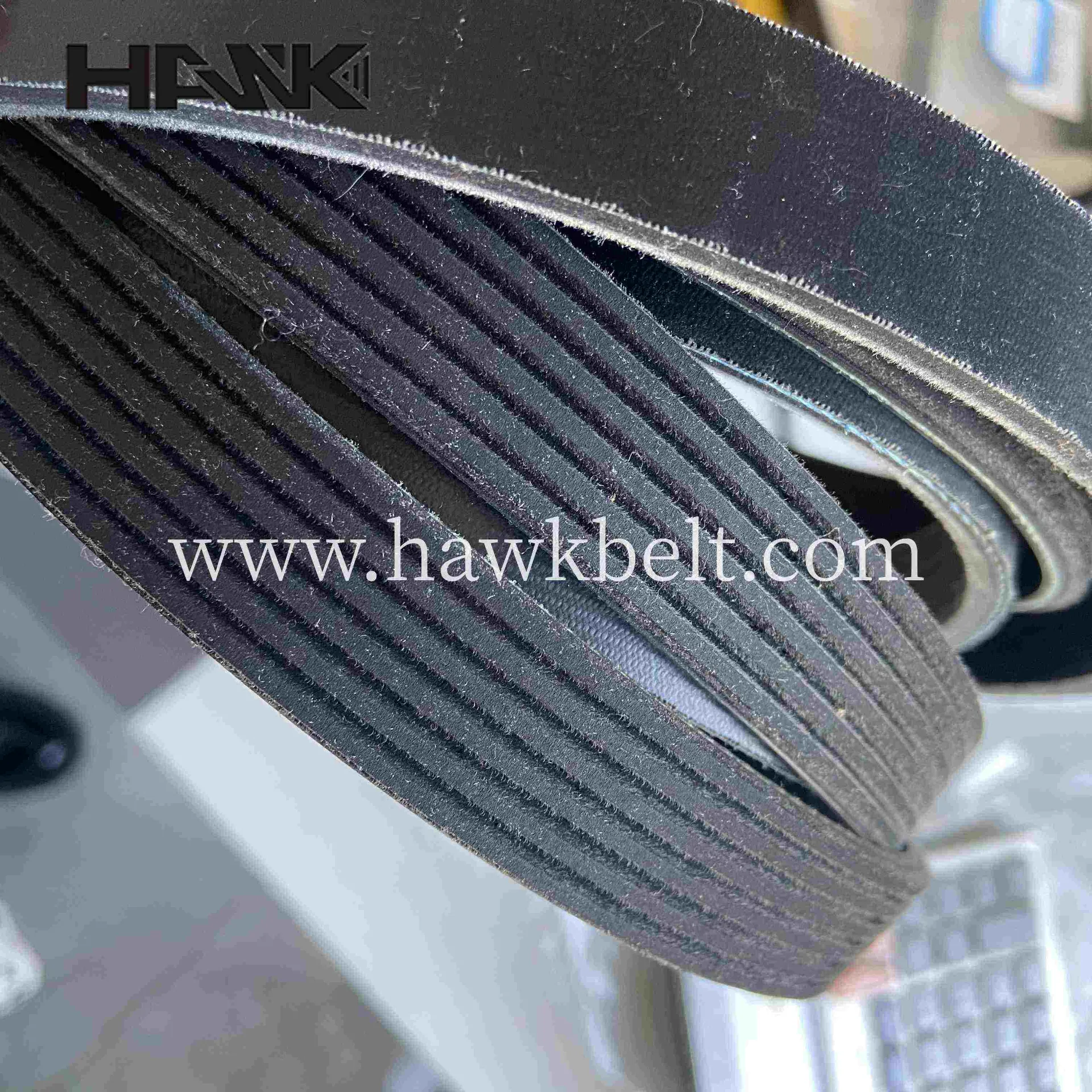- Arabic
- French
- Russian
- Spanish
- Portuguese
- Turkish
- Armenian
- English
- Albanian
- Amharic
- Azerbaijani
- Basque
- Belarusian
- Bengali
- Bosnian
- Bulgarian
- Catalan
- Cebuano
- Corsican
- Croatian
- Czech
- Danish
- Dutch
- Afrikaans
- Esperanto
- Estonian
- Finnish
- Frisian
- Galician
- Georgian
- German
- Greek
- Gujarati
- Haitian Creole
- hausa
- hawaiian
- Hebrew
- Hindi
- Miao
- Hungarian
- Icelandic
- igbo
- Indonesian
- irish
- Italian
- Japanese
- Javanese
- Kannada
- kazakh
- Khmer
- Rwandese
- Korean
- Kurdish
- Kyrgyz
- Lao
- Latin
- Latvian
- Lithuanian
- Luxembourgish
- Macedonian
- Malgashi
- Malay
- Malayalam
- Maltese
- Maori
- Marathi
- Mongolian
- Myanmar
- Nepali
- Norwegian
- Norwegian
- Occitan
- Pashto
- Persian
- Polish
- Punjabi
- Romanian
- Samoan
- Scottish Gaelic
- Serbian
- Sesotho
- Shona
- Sindhi
- Sinhala
- Slovak
- Slovenian
- Somali
- Sundanese
- Swahili
- Swedish
- Tagalog
- Tajik
- Tamil
- Tatar
- Telugu
- Thai
- Turkmen
- Ukrainian
- Urdu
- Uighur
- Uzbek
- Vietnamese
- Welsh
- Bantu
- Yiddish
- Yoruba
- Zulu
নভে. . 30, 2024 21:37 Back to list
internal timing belt
Understanding Internal Timing Belts Key Insights for Vehicle Owners
The internal timing belt is an essential component in the engine of many vehicles, often overshadowed by more visible parts like the engine itself or the transmission. This piece of rubber or reinforced polymer plays a critical role in synchronizing the movements of the crankshaft and camshaft, ensuring that the engine's valves open and close at the proper times, which is crucial for optimal engine performance. Understanding the importance of the timing belt, its maintenance, and the signs of wear can help vehicle owners avoid costly repairs and ensure a smoothly running engine.
What is a Timing Belt?
A timing belt is a toothed belt that connects the crankshaft to the camshaft in an internal combustion engine. Its primary function is to maintain the timing of the engine’s operations, specifically keeping the rotation of these two components in sync. When the crankshaft spins from the engine's power, it drives the camshaft, which in turn controls the opening and closing of the engine's valves. This precise timing is essential for efficient combustion and overall engine performance.
Importance of Timing Belt Maintenance
Like any other mechanical component, timing belts have a limited lifespan. Most manufacturers recommend replacing the timing belt every 60,000 to 100,000 miles, depending on the specific vehicle and its engine design. Failure to replace a worn or damaged timing belt can lead to severe engine problems, including catastrophic failure where the belt snaps, resulting in the pistons and valves colliding. Such damage can be extremely costly to repair, often leading to engine replacement rather than a simple timing belt change.
Signs of a Worn Timing Belt
internal timing belt

Being proactive about timing belt maintenance can prevent significant engine damage. Here are some common signs that your timing belt may need attention
1. Engine Misfiring If the timing belt is worn, it can cause the valves to open and close at incorrect times, leading to misfiring or rough idling. 2. Unusual Engine Noise A worn timing belt may produce unusual sounds, such as a ticking or slapping noise coming from the engine, indicating the belt may be loose or damaged. 3. Oil Leaks Oil leaks from the front of the motor can sometimes signal that the timing belt tensioner or seals are failing.
4. Check Engine Light A failing timing belt can trigger the check engine light on your dashboard. It’s crucial to have the vehicle inspected by a professional if this light comes on.
5. Visible Wear If you have access to the timing belt, visual inspection can reveal cracks, fraying, or other signs of wear.
Conclusion
Understanding the function and maintenance of an internal timing belt is crucial for every vehicle owner. Regular inspections and timely replacement based on your manufacturer's recommendations can save you from the headache and high costs of engine repairs. If any signs of wear or damage are prevalent, it's advisable to consult with a qualified mechanic to assess the situation. By staying informed and proactive about timing belt maintenance, you’ll not only prolong the life of your engine but also enhance the overall performance and reliability of your vehicle. The internal timing belt may be out of sight, but its importance should never be underestimated.
-
Korean Auto Parts Timing Belt 24312-37500 For Hyundai/Kia
NewsMar.07,2025
-
7PK2300 90916-T2024 RIBBED BELT POLY V BELT PK BELT
NewsMar.07,2025
-
Chinese Auto Belt Factory 310-2M-22 For BMW/Mercedes-Benz
NewsMar.07,2025
-
Chinese Auto Belt Factory 310-2M-22 For BMW/Mercedes-Benz
NewsMar.07,2025
-
90916-02660 PK Belt 6PK1680 For Toyota
NewsMar.07,2025
-
drive belt serpentine belt
NewsMar.07,2025

